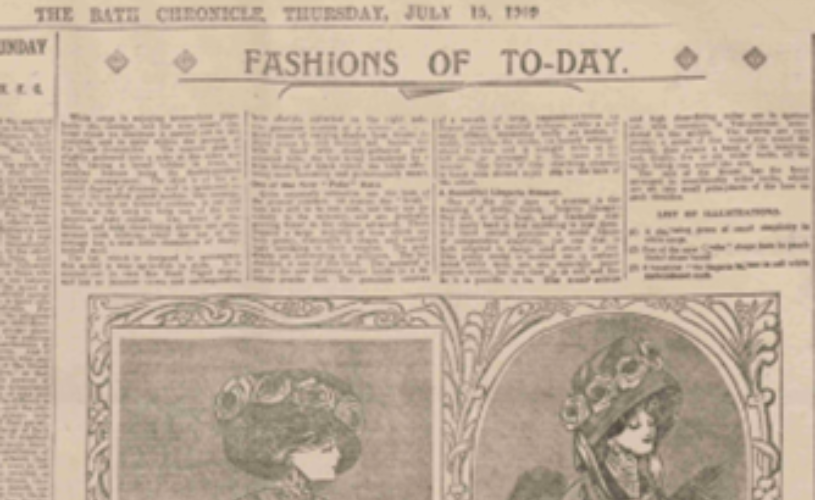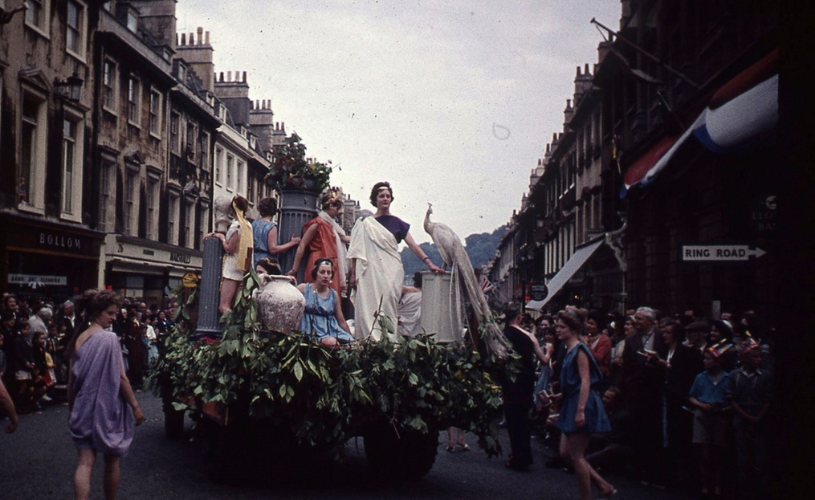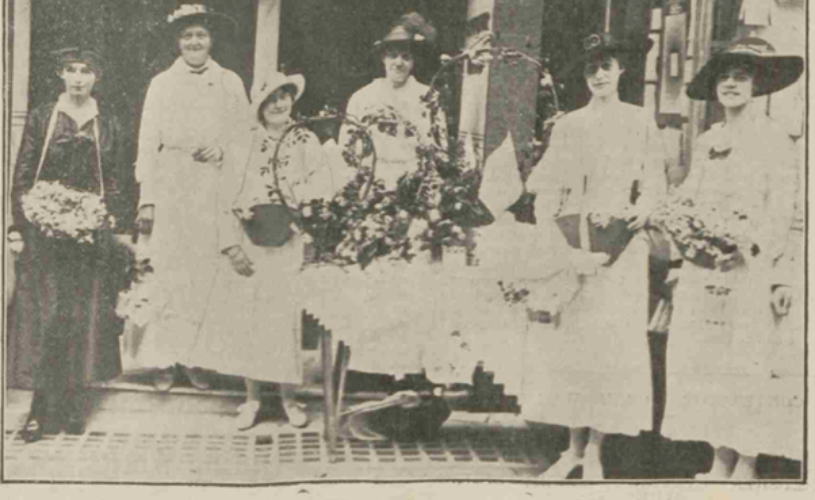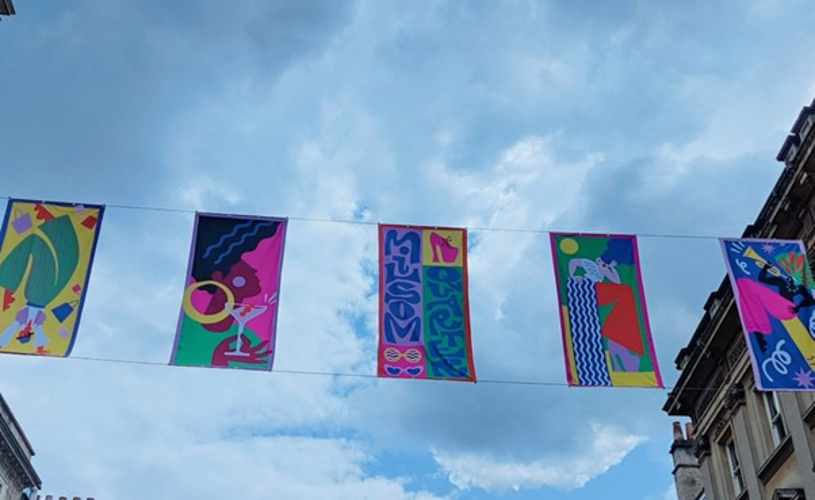Milsom Street is one of Bath's grandest shopping streets, based in the heart of the city centre. With exciting future plans on the horizon for the area, the regeneration team at Bath & North East Somerset Council explains how the 'Milsom Quarter Masterplan' has been inspired by a rich combination of fashion, heritage, community and culture:
In 1819, the British journalist Pierce Egan wrote: “Milsom Street is the very magnet of Bath, the centre of attraction and, till the hour of dinner-time, the peculiar resort of the beau monde – where the familiar nod and the ‘how do you do’ are repeated fifty times in the course of the morning. All is bustle and gaiety… The shops are capacious and elegant. Among them the visitors find libraries to improve the mind, musical repositories to enrich their taste and science, confectioners to invite the most fastidious appetite, and tailors, milliners, &c. of the highest eminence in the fashionable world.”
Egan paints a vivid picture of Bath’s historic shopping district, and in many ways his description remains just as relevant today. Wander along modern-day Milsom Street and you’ll be struck by its elegant Georgian architectural character, as well as the hustle and bustle of busy shoppers who have travelled from all over the world to browse the street’s luxury fashion, homeware, music, cosmetic and gift shops. Since the 1770s, Milsom Street has been Bath’s number one fashion destination.

Image: 'Fashions of To-day' newspaper advertisement from 15 July 1919, credit The Bath Chronicle
Milsom Street was first laid out in 1761. It was originally intended to link lower Bath to the upper town with a wide thoroughfare of three-storey residential properties, but it wasn’t long before its transformation into a shopping street began. The potter Josiah Wedgwood opened a shop in 1773, and the fashionable confectioners, Molland’s, arrived in 1781. 1795 saw the opening of Sayers & Co – a unique textile shop in Britain, displaying over a thousand Indian cotton muslins woven in Scottish factories. Three years later, William Glover’s opened its doors – a ‘toystore’ selling jewellery, firearms, kitchenware, musical instruments, art, carpets, homeware, furniture, and ornaments.
These stores were accompanied by music factories, jewellers, cutlers, milliners, drapers, hairdressers, printers, libraries, and auction houses. Later, Jolly’s made its home at the heart of Milsom Street. The iconic department store, with its fabulous art nouveau friezes and mosaics, can still be visited today, though it is now occupied by a House of Fraser.
It’s no wonder that Milsom Street quickly became an atmospheric literary location – Jane Austen, who lived in Bath for five years in the early 1800s, used the street as a setting in several of her novels. Nor is it a surprise that it attracted the super-elite such as Queen Mary, the wife of George V, who visited regularly on shopping trips.

Image: Bath Parade on Milsom Street in 1961, credit KnowYourPlace
However, to characterise Milsom Street only by its historic links to fashion is to skip over a much richer history, as the street and its surroundings have also offered important community spaces. Over the last two hundred years, the quarter has played host to festivals, parades, coronation celebrations, carnivals and colourful street dressing. One especially delightful event in the early 1900s was Alexandra Rose Day, when thousands of silk roses made by disabled artists would be sold by local women, with all proceeds going to those living in poverty. A more recent example is Bath Carnival, the city’s largest free outdoor arts event, which includes a colourful parade on Milsom Street.

Image: An Alexandra Rose Day stall on Milsom Street, 1916, credit The Bath Chronicle
This autumn, you’ll encounter bold new artworks created by local artist Zoë Power, which aim to draw attention to the street’s colourful heritage, and The Great Bath Feast, taking place from 22 - 24 September.

Image: Art on the Street by Zoë Power, 2023
Forthcoming projects will create more city centre housing, recollecting Milsom Street’s origins as a residential street, as well as workspaces for designers, innovators and makers of all kinds. There are also plans to reopen lost historic routes linking Milsom Street to Green Street, the Shires Yard shopping centre, and the more intimate Broad Street, giving the whole area a stronger and more coherent identity.
Finally, and perhaps most impressively, the Bath Fashion Museum will reopen in the Old Post Office building, cementing the area’s identity as a fashion destination of national importance.
Big changes are in store for Milsom Street and its surrounding area, but all of them are rooted strongly in the past. Find out more on the Bath & North East Somerset Council website.
Related
Comments
Comments are disabled for this post.





